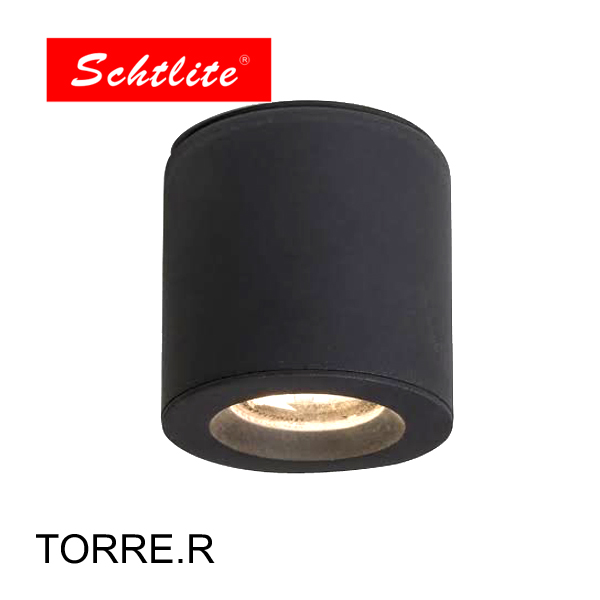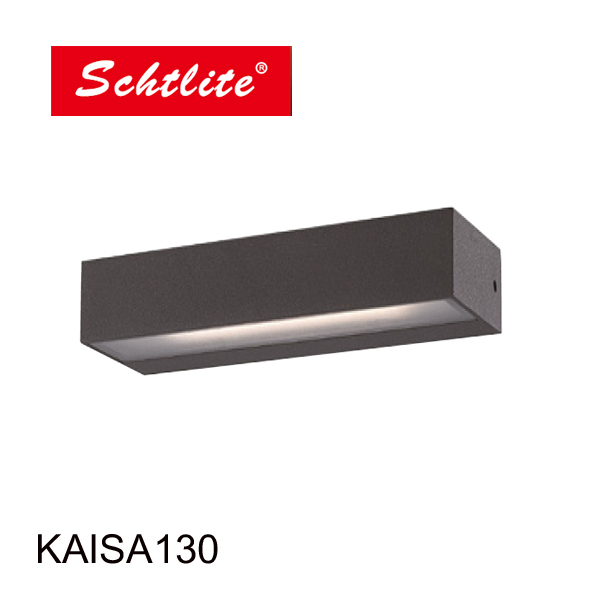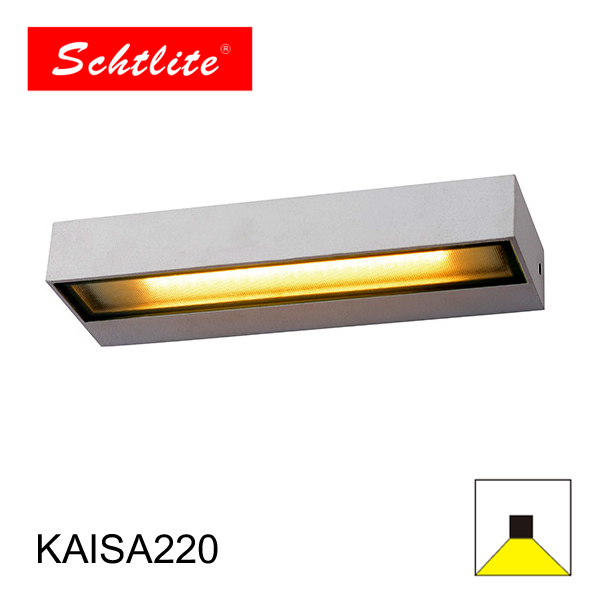When it comes to choosing the best LED outdoor lighting solution for your needs, you need to carefully consider various factors to ensure that your investment will meet the expected needs.
1. Clarify needs and goals:
Before choosing an LED outdoor lighting solution, you must first clarify your project goals. Maybe you want to improve nighttime safety, improve your landscaping, or reduce energy consumption? Make sure your clear goals guide you in choosing the appropriate lighting solution.
2. Understand the environmental conditions:
It is crucial to consider the climatic conditions in your area. If you live in a cold or humid climate, LED lighting needs to be waterproof and cold-resistant to ensure it can function properly in extreme weather.
3. Lighting requirements:
Determining the desired level of illumination is critical. Different outdoor areas may require different brightness and color temperatures. For example, a parking lot may require high levels of illumination, while a patio or garden may require soft lighting.
4. Energy efficiency and energy saving:
LED technology is popular for its efficient energy utilization. When selecting LED lighting fixtures, look at the energy efficiency label for its light output per watt. Choosing energy-efficient products can help reduce energy consumption and operating costs.
5. Light pollution:
Light pollution is harmful to human health and wildlife. Consider directional lighting and light control techniques to reduce light pollution, especially in cities or near nature reserves.
6. Maintenance cost:
Evaluate the maintenance needs of different LED products. Some products may require more frequent maintenance, while others require little to no maintenance. Choosing low-maintenance products can help reduce long-term operating costs.
7. Life and reliability:
Long life is an important feature of LEDs. Choose lamps and components with long lifespans to reduce the frequency of replacement and repairs. Also, make sure to choose a brand and manufacturer with high reliability.
8. Environmental factors:
Environmental considerations are part of modern project planning. Find lighting products with recycled materials, low mercury content and low energy consumption to reduce your environmental impact.
9. Budget:
Know your budget range to make sure your options fit within your budget. Before buying, compare the price and performance of different products and brands to get the best value for money.
10. Regulations and regulations:
You need to ensure that your selection complies with local and national codes and regulations, including building and environmental regulations. This avoids unnecessary legal issues and fines.







